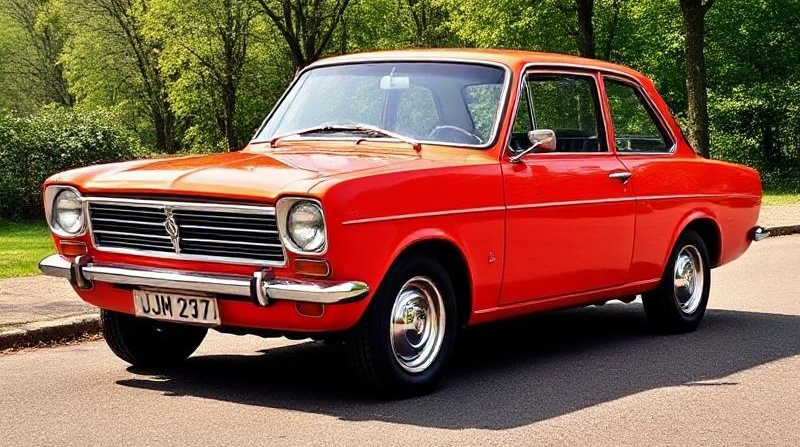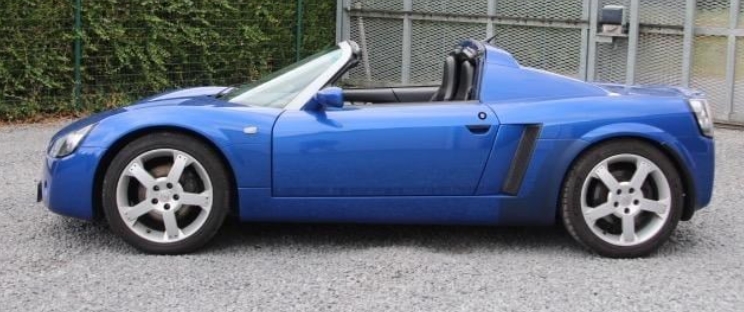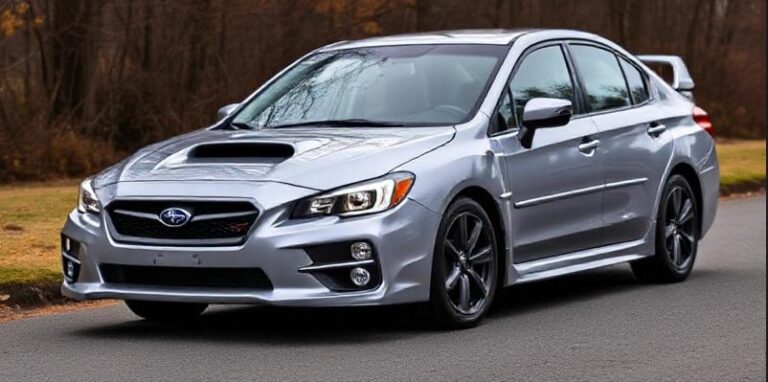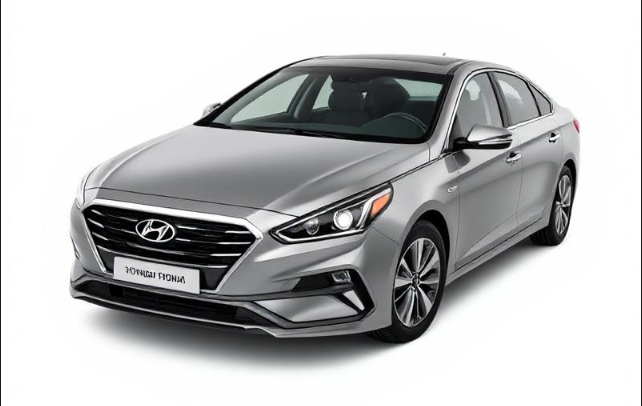The Evolution of the Vauxhall Viva
The Vauxhall Viva holds a special place in the history of British automotive engineering, marking a significant chapter in the story of compact cars that gained immense popularity across the UK and beyond. Known for its affordability, practicality, and distinctive British character, the Viva’s evolution fascinates car enthusiasts. This article chronicles the various generations, models, and trim levels of the Vauxhall Viva, charting its journey from inception to its eventual discontinuation.
1st Generation (1963-1979)
The Vauxhall Viva was first introduced to the UK market in 1963 as part of the General Motors family under the Vauxhall badge. The original Viva, denoted as the Viva HA, established a solid reputation for being a compact, family-friendly vehicle. Without the extravagance of high-performance specifications, this generation was celebrated for its simplistic design and reliability.
Production Years: 1963-1968
Trim Levels and Variants:
- Viva HA Standard: The most basic version, featuring minimal equipment and aimed at budget-conscious consumers.
- Viva HA Deluxe: Offered slightly enhanced features over the Standard model, including improved interior materials and a better audio system.
- Viva HA SL: A more sporty variant with added aesthetic features and optional engine tuning.
In 1966, Vauxhall introduced the Viva HB, which sported a more modern design and updated mechanics. This generation offered a more spacious interior and improved performance.
Production Years: 1966-1970
Trim Levels and Variants:
- Viva HB Standard
- Viva HB Deluxe
- Viva HB SL
- Viva HB 1159: A special model featuring a larger engine for improved performance.
As the years rolled on, the Viva became available in numerous special editions that appealed to different sectors of the market.
2nd Generation (1970-1979)
The launch of the Vauxhall Viva HC in 1970 represented the second generation of this beloved model. The HC was notably larger than its predecessor, allowing for better interior space and overall comfort. The new design language included smooth curves and a distinctive front grille, made it a popular choice among consumers.
Production Years: 1970-1979
Trim Levels and Variants:
- Viva HC Standard
- Viva HC Deluxe
- Viva HC Sportshatch: Launched in 1973, this model provided a sporty hatchback option and was well received for its practicality.
- Viva HC SL/X: A more deluxe trim with additional features and better materials.
This generation saw various engine options ranging from 1.2-liter to 1.8-liter, catering to diverse driver needs, from those seeking economy to those looking for spirited performance.
3rd Generation (1979–1984)
In 1979, Vauxhall launched the Viva (also known as the Vauxhall Chevette in some markets). This generation retained the Viva name but was closely linked with the Vauxhall Chevette platform. The design adopted a more angular styling approach which reflected the trends of the late 1970s.
Production Years: 1979-1984
Trim Levels and Variants:
- Viva L: The base model with basic equipment.
- Viva GL: A more luxurious version with added comfort features and improved upholstery.
- Viva HS: A sporty variant built with enthusiasts in mind, featuring performance upgrades.
Despite the variations, the third generation struggled with competition from other compact vehicles as the market evolved rapidly, leading to decreased sales.
The Decline
While the Viva was immensely popular from the 1960s through the 1970s, changing consumer preferences and increased competition from abroad led to a decline in demand for the model. By 1980, it became clear that the market was shifting toward more modern vehicles such as hatchbacks and compact SUVs. The original Viva’s production ceased in 1984 due to dwindling sales figures.
.
Thinking about replacing the motor in your car? With an engine from something else?
Engine Swap Basics. Probably a good place to start!
.
The Renaming and Relaunch (2004-2020)
In a bold move, General Motors reintroduced the Viva nameplate in 2004 in emerging markets, specifically in Latin America and parts of Asia. This model, however, bore little resemblance to its predecessors, as it was based on the Daewoo Kalos platform and adapted for the market it was intended for.
Production Years: 2004-2020
Trim Levels and Variants:
- Viva 1.0: A compact version targeted towards urban drivers looking for affordable transportation.
- Viva 1.2: A slightly more powerful option that presented better performance.
- Viva 1.4: Introduced to cater to those looking for both economy and spirited driving.
This version of the Viva focused on minimalism and efficiency, with special attention dedicated to providing value for money. Models were generally simpler, with basic entertainment features and interior design that matched the economy focus but didn’t surpass expectations in terms of luxury.
In 2010, the Viva underwent a facelift, revitalizing its appeal with some more modern design cues in line with contemporary automotive trends.
Conclusion
The Vauxhall Viva remains an iconic representation of British motoring throughout the decades. The evolution from the original HA through to the HC generations chronicled changes in design philosophy, consumer preferences, and the automotive landscape. Though it fell out of favor in the UK market, the Viva’s resurrection in the 2000s highlights the car’s enduring legacy and adaptability.
The Viva’s story is a reminder of how manufacturers must evolve with changing preferences, and it reflects a bygone era of simplicity and practicality in automotive design. Whether as a family car in the 1960s or an urban runabout in the 2000s, the Vauxhall Viva’s evolution paints a picture of the British automotive industry, its challenges, and its triumphs over nearly six decades.







